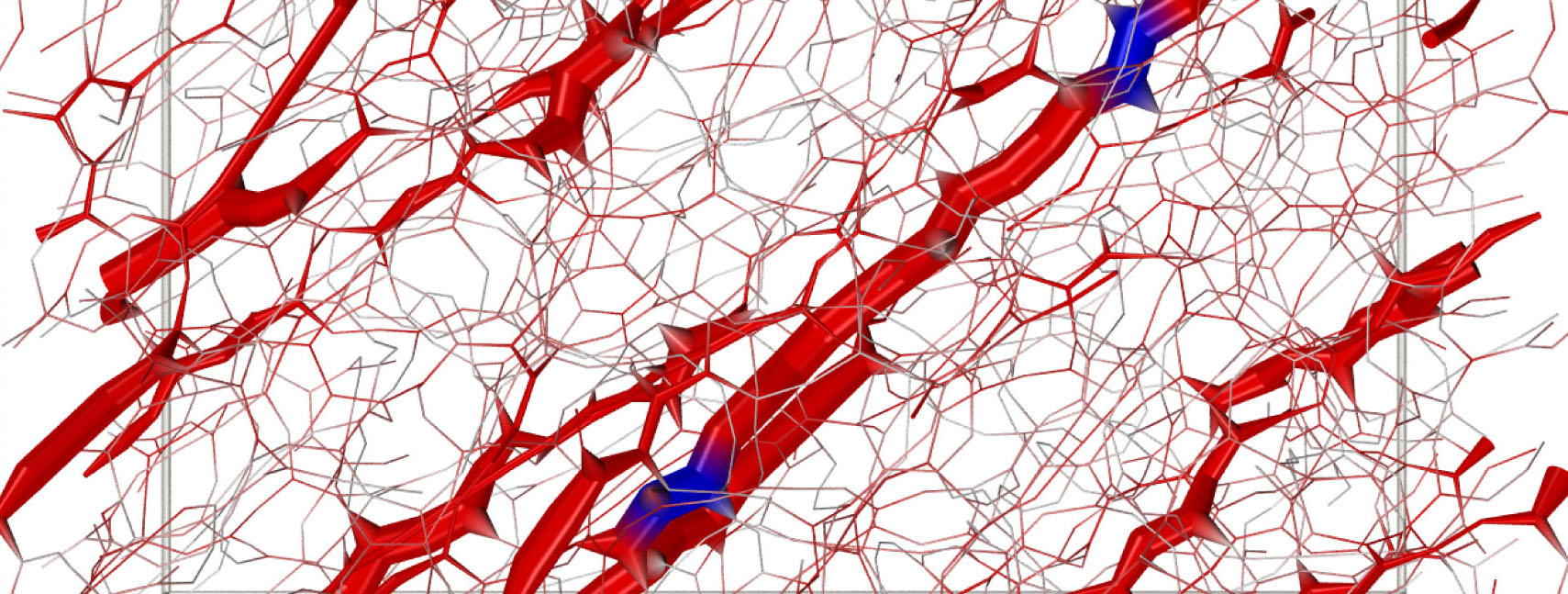Surface growth of cement hydrate gels

Abhay Goyal (PhD) and Chris Tiede (College ’16) worked on a model for the surface growth of cement hydrates as they aggregates and form gels, together with experts of porous materials. We connected density gradients, non-equilibrium processes and gel morphology to percolation, specific surface areas and anisotropy of cement hydrate gels.
During cement hydration, C–S–H nanoparticles precipitate and form a porous and heterogeneous gel that progressively glues together concrete. C–S–H nucleation and growth are driven by dissolution of the cement grains, posing the question of how cement grain surfaces induce spatial heterogeneities in the formation of C–S–H and affect the overall microstructure of the final gel. We have developed a model to examine the link between these spatial gradients in C–S–H density and the time-evolving effective interactions between the nanoparticles.
Read our paper out in Journal of Physical Chemistry C:
Heterogeneous Surface Growth and Gelation of Cement Hydrates
